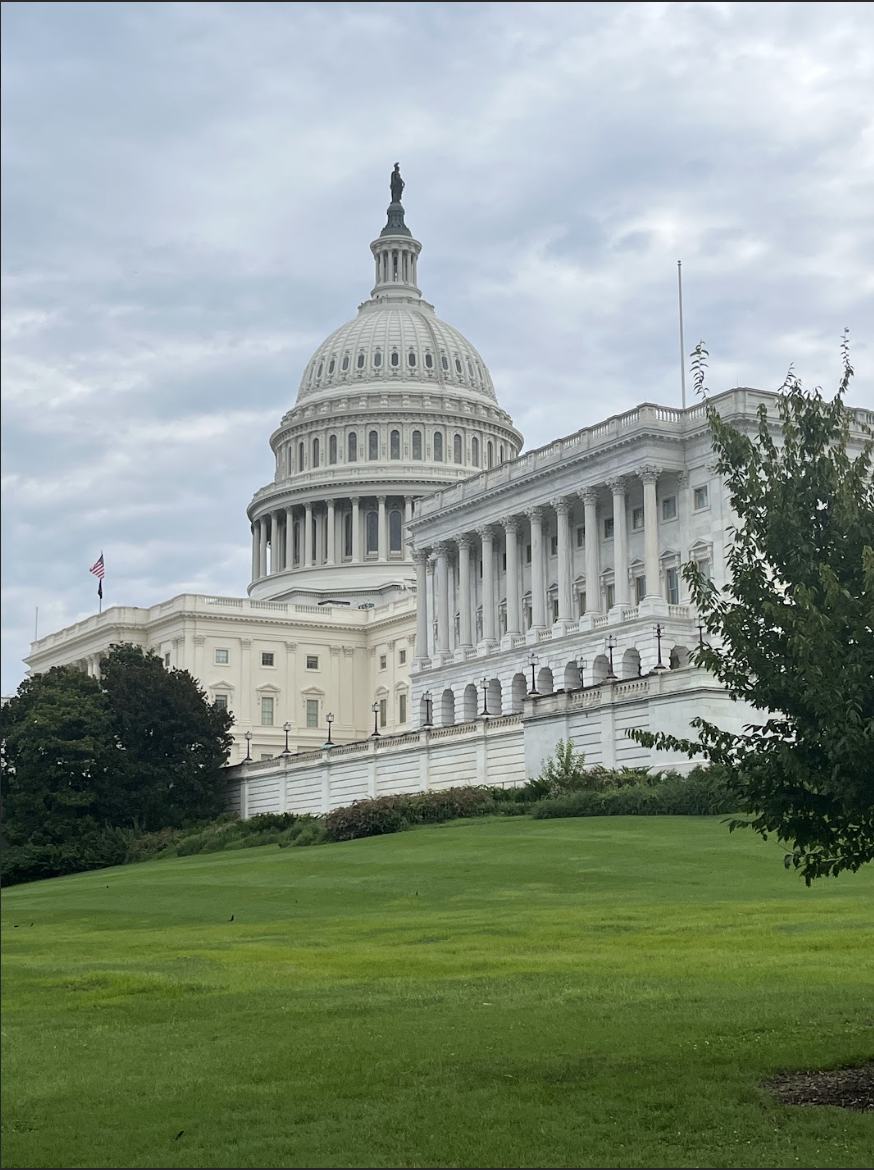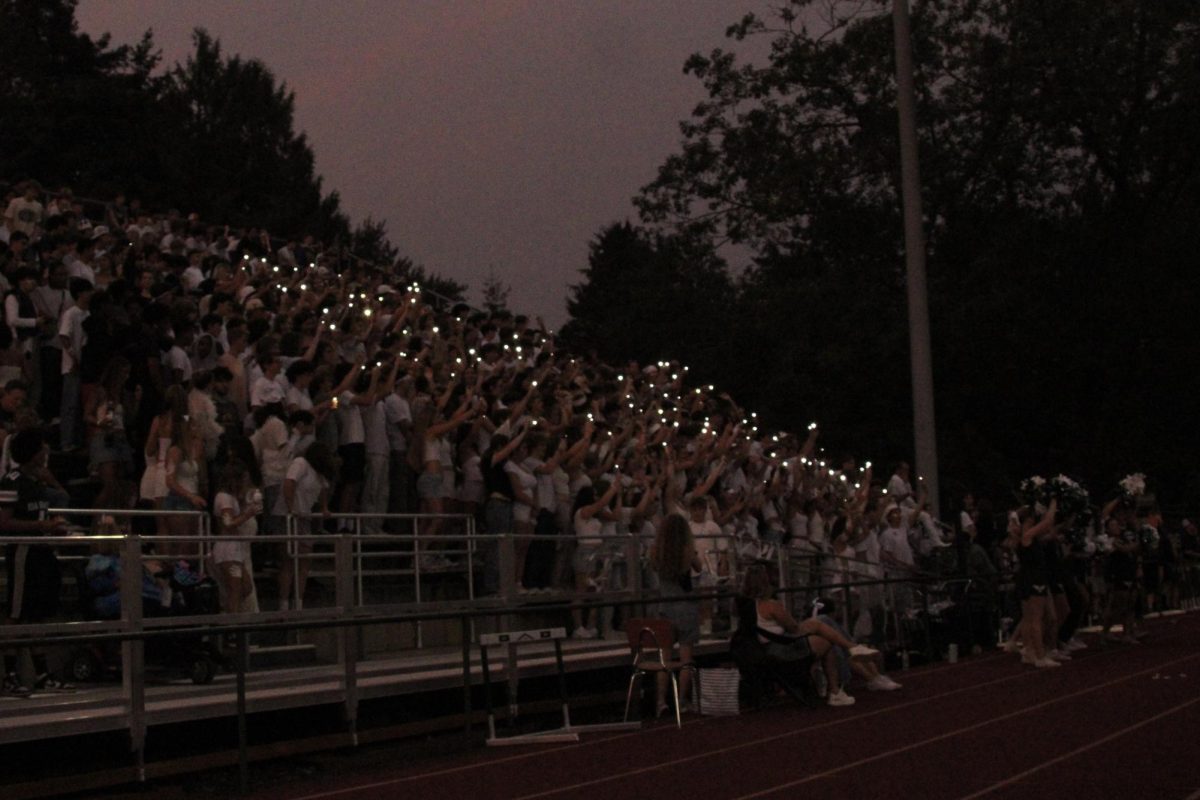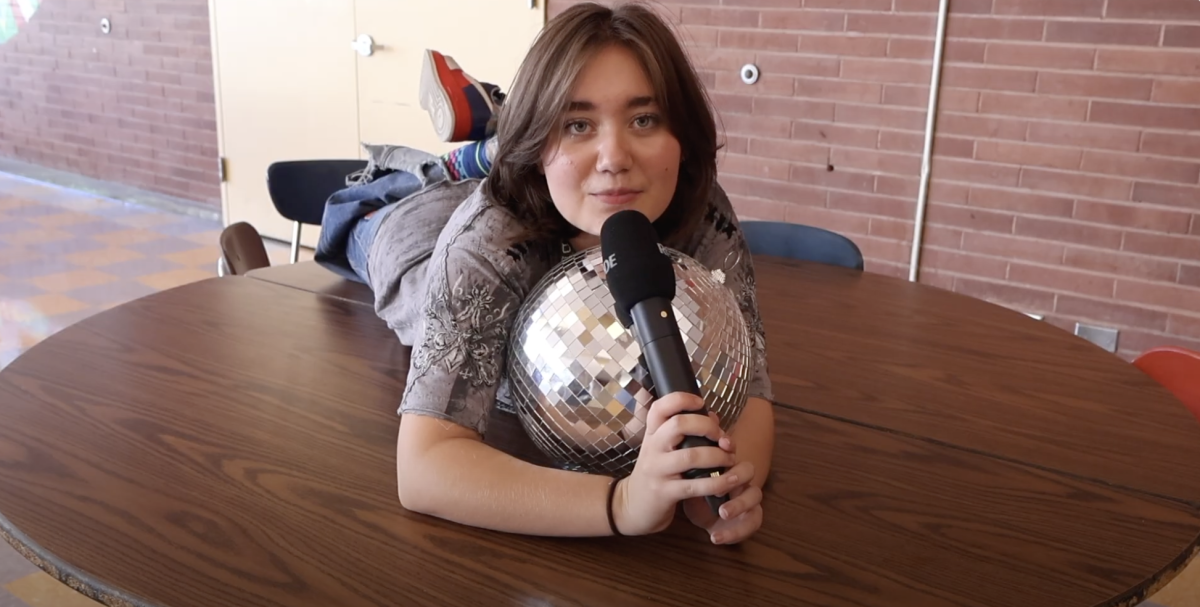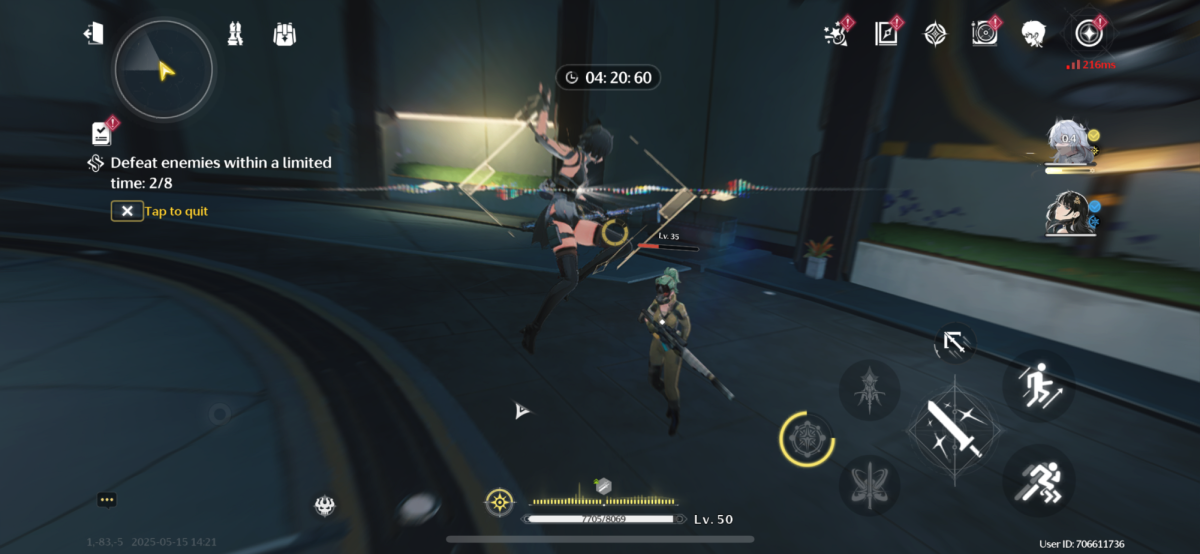Homecoming: $10, Winter Formal: $30, AP tests: $80, School Musical: $250, Sports: $200, Clubs: $400, oh! And could you donate $30 to your science class, please? While it’s true that there are financial aid options for almost everything, sometimes it feels like high school is a bottomless pit into which PPS families are expected to throw their money. If public school is supposed to be free, why do we have to spend so much on our classes, clubs, and dances?
At the beginning of the year, parents get an email saying “Your student is enrolled in these eight classes, can you please donate to each of them?” This is a huge strain on back-to-school funds that are already stretched thin from all the highlighters and high-tops needing to be bought. Then as classes start up, teachers start asking parents to donate any notebooks and other school supplies they can spare. Emails start coming out about the school clothing closet and food pantry and all the fundraisers for the year. All this pressure on parents from funding and supplies can make families feel like they’ll never be able to afford it all.
This funding issue has only been worsened by the recent closing of the district print shop. The science and math departments both rely heavily on printing packets for each unit. In past years, these packets were nice, with space for students to take notes and cardstock covers to protect them. This was a convenient and useful tool for everyone; teachers had an easier time assigning and grading homework and students were more organized and studious. Now, many teachers use poor mimicries of the packets. Some attempt to have the same packet with no covers or space for notes and some simply use district-provided textbooks. However, many students abhor the new tactics, finding they have no space to carry home textbooks in their backpacks and the “packets” get damaged or lost too easily.
Due to all of this money being spent on just getting the students these “packets”, teachers have less money than ever to spend on other classroom supplies. Money has poured out of parents’ and teachers’ pockets to cover funding usually provided by the district.
And at the end of the day, all of this is too expensive. Every school has several different funding types, the primary being discretionary funds, meaning per student. “And [Ida B. Wells High] doesn’t get that much, considering we have almost 1,700 students here in the building and considering that our copiers alone are probably like $45,000 to have them in the building and use them,” said Ana Curtis, the bookkeeper at IBW. “By the end of the year, we go through our roughly $200,000 rather quickly, we buy copy paper, we buy tissues, we buy classroom supplies with those funds.” This lack of funding makes running any other school activities difficult.
Additionally, most of the money seen and recognized by students are student-body funds, which can be collected and spent by students. Clubs run almost entirely on student body funds and have different ways to collect them. While many clubs use a mixture of ways, the most common are membership fees and fundraisers. Only some clubs need to raise money though, as some need to pay for club association on a larger scale or for a meeting space. “Key club for example, charge students maybe $20 to be members, so out of that money they have to pay their fees to Kiwanis because there’s a registration membership fee, and then what’s left is money that they can use for other things […] Some clubs have way more expenses, Speech and Debate for example, if you compete you may need to stay overnight, you may need busses for travel and so on, so your expenses are even greater,” Curtis said.
Many students find themselves in shock at all the hidden costs of high school. Classes cost money, AP tests cost money and we’re encouraged to spend money on going to different school events. If you’re truly experiencing Winter Formal, you’re probably buying a dress, dinner, new shoes and then on top of all of that a $30 ticket. You’ll spend up to $100 per person on a date night for the school dance. “[School dances] don’t have funding,” said Curtis. “Leadership’s job is to divide out how much the venue costs by the number of kids they think they could sell tickets to.” So while students may feel that they’re paying an unreasonable amount, their tickets cover the cost of what it takes to put on the event.
All of these funding issues are due to a general lack of funding. The PPS district gets funding from the Oregon government, which gets its funding from taxes. That funding is stretched far because the government has a lot of districts to fund, and each district has a lot of schools to fund. So families are expected to pay off what isn’t provided. Now, this doesn’t mean that if families can’t pay, their students can’t participate. Most programs and activities have financial aid options built into the planned budget. Students who need financial support can reach out to their counselors to access reduced payment and free options.















